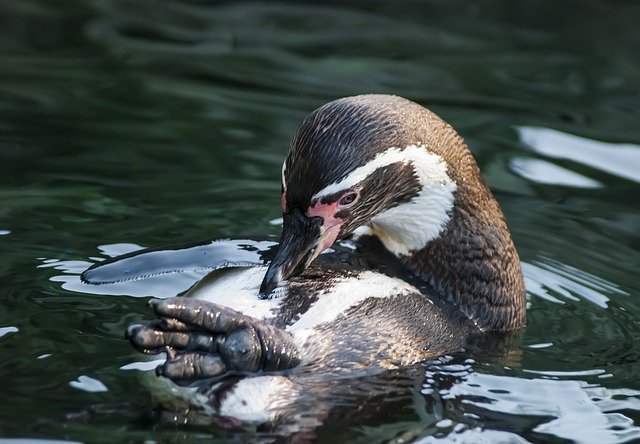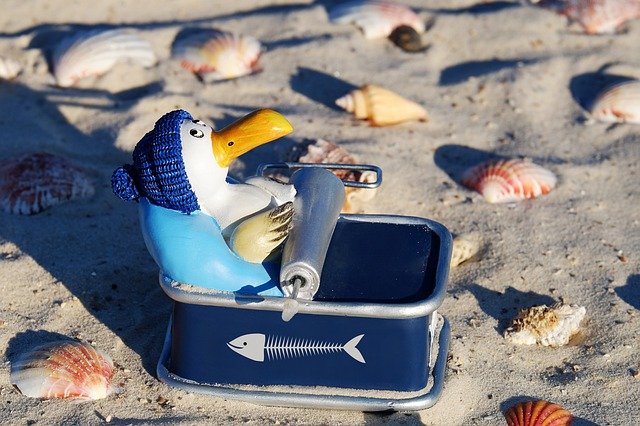
The Social Lives of Penguins: Understanding Their Complex Communities
Penguins are often perceived as solitary creatures waddling across icy landscapes, but beneath their charming exterior lies a fascinating social structure. In this post, we will explore the intricate social lives of penguins, highlighting their complex communities, communication methods, and social behaviors.
The Importance of Community
Penguins are highly social animals that thrive in colonies. These colonies can range from a few dozen to several thousand individuals, depending on the species and the environment. Living in such close quarters provides several advantages:
- Protection from Predators: By forming large groups, penguins can better defend themselves against predators like seals and birds of prey.
- Thermoregulation: In harsh climates, huddling together helps penguins conserve heat and stay warm during frigid temperatures.
- Cooperative Breeding: Many species of penguins engage in cooperative breeding, where members of the colony assist in raising chicks, increasing the survival rate of the young.
Communication: The Language of Penguins
Penguins are known for their vocalizations, which play a crucial role in maintaining social bonds and coordinating group activities. Each species has its own unique set of calls, and individual penguins can recognize the voices of their mates and chicks among the cacophony of the colony. Common forms of communication include:
- Vocal Calls: Used to attract mates, signal distress, or coordinate group movements.
- Body Language: Penguins use various postures and movements to convey messages, such as bowing or raising their flippers.
- Visual Displays: During courtship, male penguins may perform elaborate displays to impress potential mates.
Social Hierarchy and Relationships
Penguin colonies often exhibit a complex social hierarchy. Dominance can be established through aggressive displays or through established relationships. Key aspects of their social structure include:
- Mating Bonds: Many penguin species form monogamous pairs for the breeding season, and these bonds can last for multiple seasons.
- Friendships: Penguins are known to form strong social bonds with other individuals, often engaging in mutual preening and group foraging.
- Conflict Resolution: When disputes arise, penguins often engage in non-lethal displays of aggression to resolve conflicts, minimizing harm within the community.
Conclusion
The social lives of penguins are rich and complex, reflecting their adaptability and resilience in some of the harshest environments on Earth. Understanding their social structures and behaviors not only enhances our appreciation for these remarkable birds but also underscores the importance of conserving their habitats and communities. As we continue to study these fascinating creatures, we uncover more about the intricate dynamics that define their lives in the wild.
Whether you are a seasoned researcher or a casual admirer of wildlife, the social lives of penguins offer a captivating glimpse into the intricate tapestry of life on our planet. Join us in celebrating these remarkable animals and their vibrant communities!

Upvoted! Thank you for supporting witness @jswit.
Downvoting a post can decrease pending rewards and make it less visible. Common reasons:
Submit
Downvoting a post can decrease pending rewards and make it less visible. Common reasons:
Submit